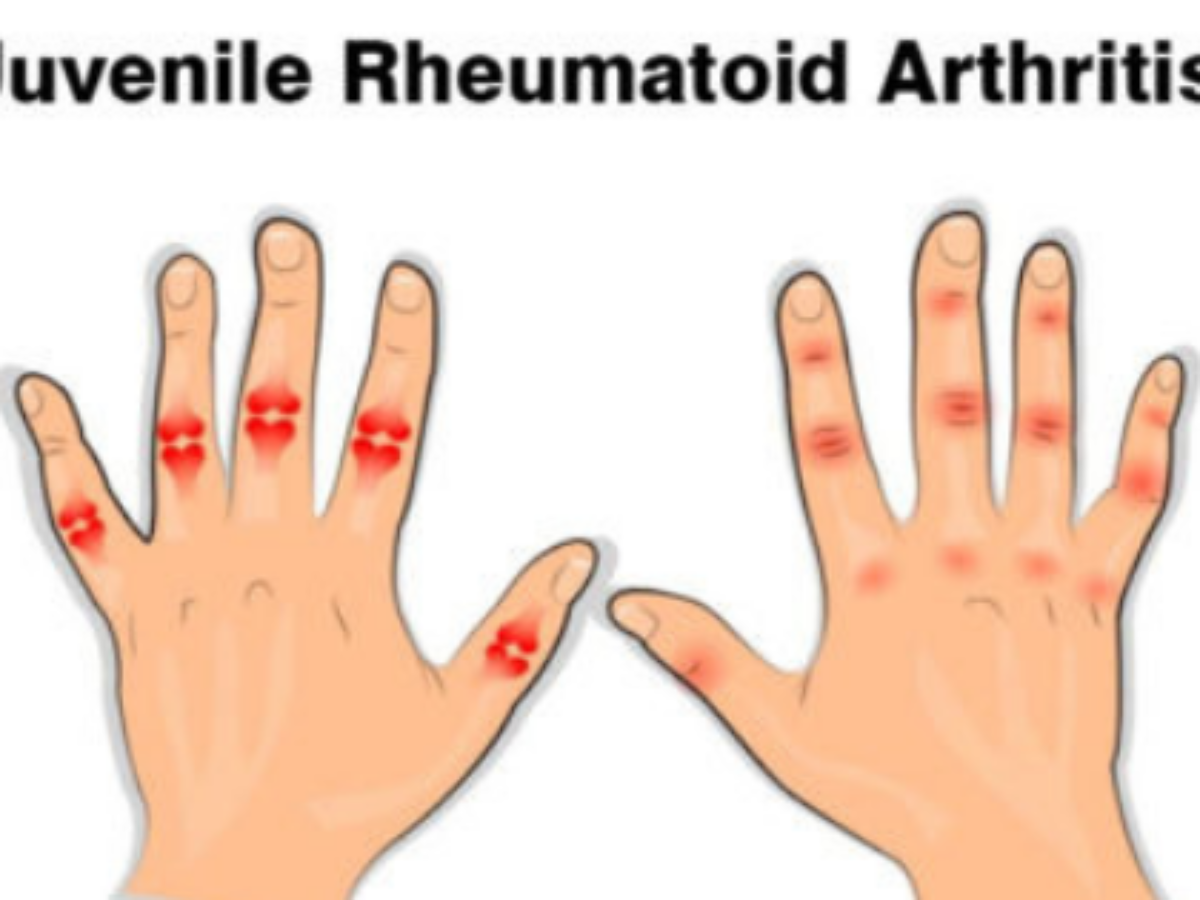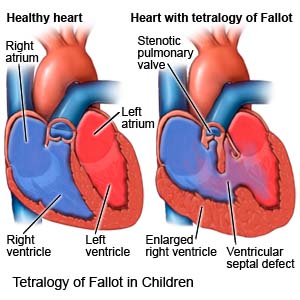HIV in Infants and Children
Write a discussion that includes a brief summary of;
HIV in Infants and Children

Vertical transmission contributes to most HIV infections in pediatric cases. HIV pathophysiology in infants and children is similar to that of adults, but the clinical presentation, therapeutic options, and mode of infection differ. HIV is more detrimental, with a higher risk of opportunistic diseases, and can progress quickly in pediatric and neonatal populations because they have a weaker immune system (Ward Susan & Hisley Shelton, 2009). The risk of an infant getting the infection through lactation is minimal, but the risk increases with women with a high viral load. The risk of infection through vertical transmission is more significant. Factors including elevated maternal plasma viral RNA concentrations, maternal milk viral load, decreased maternal CD4+ T-cell count, advanced maternal illness, and acute maternal seroconversion increase the risk of infection. ART therapy during pregnancy can help reduce the risk of infection. (HIV in Infants and Children)
Systemic Lupus Erythematosus

Systemic lupus erythematosus (SLE) is a systematic immune condition that affects multiple systems and is linked to high morbidity and mortality in infants and children. The disease occurs when pathogenic autoantibodies that damage tissue via various mechanisms appear after the loss of immunological tolerance against self-antigens (Ward Susan & Hisley Shelton, 2009). Genetic, environmental, endocrine, and immunological factors contribute to the loss of immunological tolerance. The cause of the disease is still unknown, but genetic factors contribute significantly to its development.
Juvenile Rheumatoid Arthritis

Juvenile rheumatoid arthritis (JIA) is a heterogenous group of chronic arthritis and a common chronic rheumatological disease among infants and children below 16 years, lasting at least six weeks. JIA subtypes include systemic arthritis, oligoarthritic, undifferentiated arthritis, enthesitis-related arthritis, psoriatic arthritis, RF enthesitis-related arthritis, and rheumatoid factor (RF) (Ward Susan & Hisley Shelton, 2009). These subtypes differ in genetic predispositions, phenotypes, prognosis, lab findings, disease course, and pathophysiology. The cause is still unclear, but environmental factors such as antibiotic exposure and C-section deliveries triggering abnormal immune responses in genetically vulnerable individuals are speculative. Genetic factors play the most significant role in JIA development, especially when JIA subtypes and uveitis attack particular HLA alleles and non-HLA genes. Breastfeeding is protective against JIA.
Tetralogy of Fallot

Tetralogy of Fallot describes a congenital anomaly leading to pulmonary stenosis, interventricular defects, right ventricular hypertrophy, and biventricular aorta origin. Tetralogy of Fallot is a cyanotic condition common among children who managed above neonatal times without treatment, leading to congenital defects (Ward Susan & Hisley Shelton, 2009). It is critical to identify the disease early and begin intervention before the infant turns one year to prevent congenital defects. Many factors, including untreated maternal diabetes, retinoic acid use by the mother, chromosomal anomalies, and phenylketonuria, are associated with the disease development. The disease is linked to an intrauterine pathological process involving the pulmonary artery and the subpulmonary infundibulum leading to pulmonary stenosis.
References
Ward Susan, L., & Hisley Shelton, M. (2009). Maternal-Child Nursing Care Optimizing Outcomes for Mothers. Children, and Families. Philadelphia, FA Davis https://books.google.co.ke/books/about/Maternal_Child_Nursing_Care.html?id=MOBbRAAACAAJ&redir_esc=y


